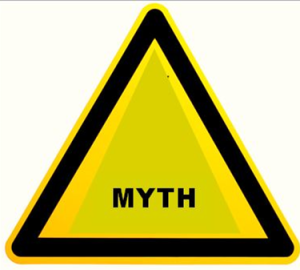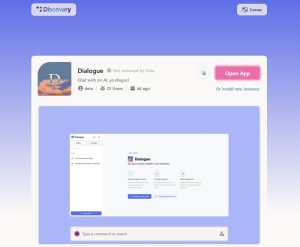
If you are planning on expanding your company into markets where your customers and associates will be speaking other languages, you are going to have to do a bit of re-engineering when it comes to your SEO strategy. Here are 10 tips to get you started.
Create Content That is Customized For Each Location
Every locale that you are in has different content needs. What may become trending and viral in your home location, may not garner any interest in another country. It is important to remember that within every different locale, you are dealing with different issues, problems, and motivations. If you find out what content your customers want to see in each locale, you can provide that for them.
Optimize Your Website for UTF-8 Characters
UTF-8 is a character encoding tool that allows your website to display a variety of characters beyond the standard ASCII character set. In layman’s terms, this means that your website will be able to display characters used in other languages. For example, this would include Chinese or Arabic characters. This will enable you to present pages that are truly in the native language of each location.
Use Geo-Targeting
If your pricing, products, or policies vary from location to location, you will want to use geo-targeted content. This is also true if you are going to use multiple currencies. You can do this by setting up your URL structure with separate domain names (.com, .co.uk, .de, etc.), or by creating separate pages for each location within your main website. If you do the latter, you will want to use Google’s Webmaster Tools to let the search engine know that each page is intended for a specific country. This will increase the likelihood that people searching in your new markets will find you.
Don’t Just Optimize for Google

While Google is certainly an important and globally used search engine, it isn’t the only search engine to consider. This is especially true if you are trying to optimize in multiple languages for multiple locations. For example, Baidu is a search engine that is optimized for Chinese. In addition to search engines that vary according to language, you may also find lesser known, alternative search engines that are popular in a particular location.
Know Who Your Competition is
Before you get work optimizing your website or writing content, it is a good idea to know who your competition is in each location. Then, find out what they are doing to engage customers in that location and how they are optimizing. You’ll also want to find out specifically how much competition you have and how well established they are. All of this will factor into your optimization plans as well as your overall marketing strategy.
Get to Understand the Purchasing Habits of Your Consumers in Other Locations
If you have not operated in markets out of the United States, UK, and Canada, you are probably used to a very linear purchasing structure. Your consumers browse, they add the items they want to their shopping cart, and then they checkout and pay. This isn’t necessarily how things work elsewhere. In some locations, COD is the norm. In others, people will browse and shop on your website, but will want to contact your call center to physically place their order and make any payments. If you don’t optimize with those preferences in mind, you could lose conversions.
Don’t Trust Translators With Your Keywords
Just because you have optimized your English content for specific keywords, does not mean that you can simply run those keywords into a translator and use them in your multilingual content. You have to research your niche in the new markets to determine which search terms people are using. Then, adapt your content to use the relevant keywords.
Work to Earn Local Backlinks
Earning backlinks is a great way to boost your search engine optimization in any locale. However, if you really want to optimize, while also earning credibility, and social shares, you will want to go for as many local backlinks as possible. You’ll gain more traction with potential customers by getting endorsed by local websites and blogs, especially those written in the native language, than you will from other backlinks.
Don’t Expect Old Analytics to Apply to New Locales
If you are using analytics on your current websites and blogs, you are probably getting a lot of information that helps you to make SEO adjustments as needed. That is the good news. The bad news is that you cannot count on that data for your new multilingual websites and microsites. Instead, you will need to set up new analytics and wait for those numbers to get established so that you can get as much use out of them as you did your original metrics.
Make Sure External Links Are in The Same Language
Regardless of how you decide to set up your URL structures, e.g, http://www.mymultilingualwebsite.com/France or http://www.mymultilingualwebsite.fr, it is very important to only include external links in your content that is in the same language of the content on each web page. What this does for you, is to optimize each page or microsite to the specific language in which it is written. It also guarantees that the pages you link will be more relevant to your audience in each location.
Digital & Social Articles on Business 2 Community(45)






